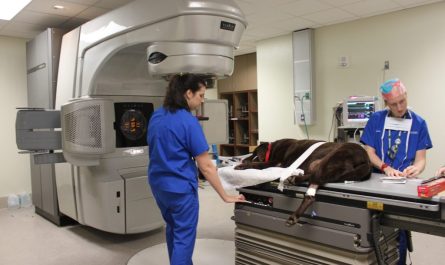
Introduction to Noise-Induced Hearing Loss
Noise-induced hearing loss (NIHL) is one of the most common occupational injuries in the United States. It is entirely preventable through the use of proper hearing protection devices. However, not all workers have consistent access to these devices or receive adequate training on their proper use. As a result, NIHL continues to affect millions of Americans every year. Understanding the types of noise exposures that cause damage and the various hearing protection options available is key to prevention.
Common Noisy Work Environments
Several industries regularly expose workers to hazardous noise levels that can damage hearing over time. Construction sites, manufacturing facilities, and transportation hubs like airports routinely exceed safe noise limits without proper controls. Some of the noisiest jobs include:
– Mining: Underground mining, quarrying, and drilling all involve heavy machinery, explosions, and confined work areas that easily reach dangerous decibel levels.
– Military: Weapon fire, aircraft, vehicles, and other equipment noise put military personnel at substantial risk without regular use of hearing defenders.
– Utilities: Power plant workers are exposed to equipment noise from turbines, boilers, and other industrial operations around the clock.
– Manufacturing: Machining, punch presses, assembly lines, and other industrial processes generate considerable noise levels that workers endure for many hours each day.
– Agriculture: Farm equipment like tractors, harvesters, and crop dusters subject outdoor workers to noise for prolonged periods.
Understanding Noise Levels and Duration Risks
The National Institute for Occupational Safety and Health (NIOSH) recommends an exposure limit of 85 dBA over 8 hours to prevent NIHL. However, noise impacts are based on both level and duration. Brief exposures above 85 dBA are allowed before reaching the 100% risk threshold within 8 hours:
– 85 dBA for 8 hours
– 88 dBA for 4 hours
– 91 dBA for 2 hours
– 94 dBA for 1 hour
– 97 dBA for 30 minutes
– 100 dBA for 15 minutes
– 103 dBA for 7.5 minutes
– 106+ dBA avoidance even momentary exposure.
As a result, many industrial and construction sites will exceed limits for brief periods routinely throughout a shift. This underscores the importance of consistent and proper hearing protection use even for intermittent loud noise exposures.
Types of Hearing Protection Devices
There are two main categories of protective devices available to reduce hazardous noise levels- hearing protection and engineering controls. When source controls are not feasible, personal protective equipment like earplugs and earmuffs provide critical defense against NIHL.
– Earplugs: Disposable or reusable foam, silicone, or flanged earplugs that physically block noise entering the ear canal. Proper fitting is essential for full protection.
– Earmuffs: Padded headbands with encircling cups containing electronic or passive filters to reduce incoming sound waves. Most provide a tighter seal than some earplugs.
– Combination devices: Dual protection from plugs nested inside earmuff cups for very high noise environments above 100 dBA like firearms use.
– Level-dependent attenuation: Some earplugs and muffs adjust their noise reduction based on detected decibel levels for situational awareness.
– Electronic earmuffs: Active noise control circuits use microphones and cancellation circuits to block more noise types vs passive earmuffs. Rechargeable batteries required.
Proper Selection and Fit Testing
Effectiveness of hearing protection depends greatly on equipment selection matched to noise exposures and proper individual fitting. NIOSH requires annual employee audiometric testing and refresher training on proper device fit testing. Supervisors should closely monitor fit and use innoisy areas as a priority for injury prevention programs. Resources like noise dosimetry identify jobs benefiting most from engineering solutions versus reliance on PPE alone.
Conclusions
With tens of millions of American workers exposed to hazardous occupational noise annually, prevention education and compliance with standards remains crucial. Proper equipment selection, fitting, maintenance and replacement ensure the best available protection. Administrative controls supplement engineering solutions and personal protective equipment. Continued efforts aim to raise awareness that NIHL remains entirely preventable when multilayered interventions exist to safeguard worker hearing in high noise workplaces nationwide.
*Note:
1. Source: Coherent Market Insights, Public sources, Desk research
2. We have leveraged AI tools to mine information and compile it



